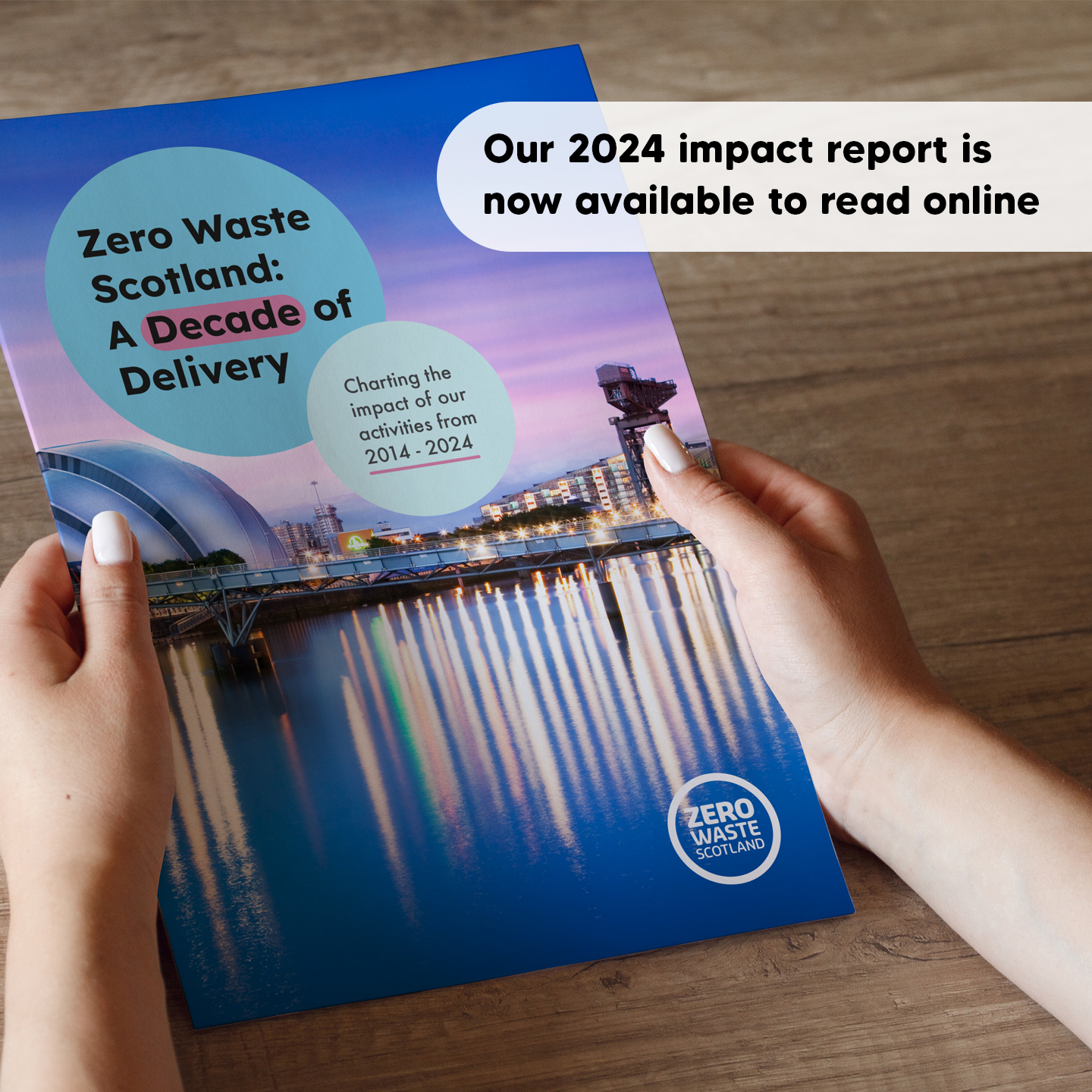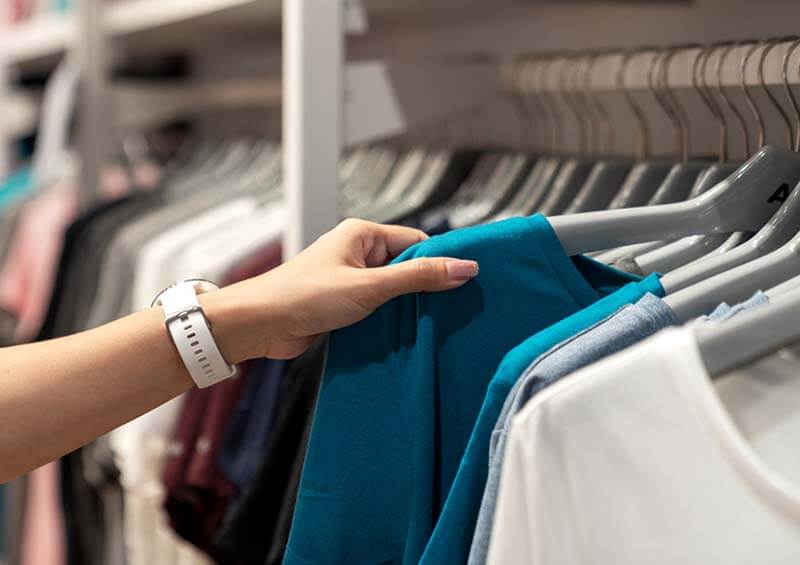
What does sustainable shopping really mean?
Are you trying to shop more sustainably but not sure how to?
The increased sustainability messaging and greenwashing around clothing from many brands can make things confusing, but we've broken it down to help you on your journey to a more sustainable lifestyle.
What does sustainable shopping really mean?
Sustainable shopping is all about being mindful of the environmental and social impact of the products we buy. It involves choosing products, in this instance clothes, that are made using sustainable materials and follow ethical production practices.
Brands that are authentically sustainable will adapt a sustainable overall business model. You can research the brand's sustainability credentials by checking if they follow these key principles.
Ethical Procedures
Ethical procedures include working conditions, the production process, and fair-trade practices.
Watch out for eco buzzwords and greenwashing. Do your research and find out if brands are transparent about their production process and share information about staff working conditions. If brands don't provide this information it could mean they have something to hide.
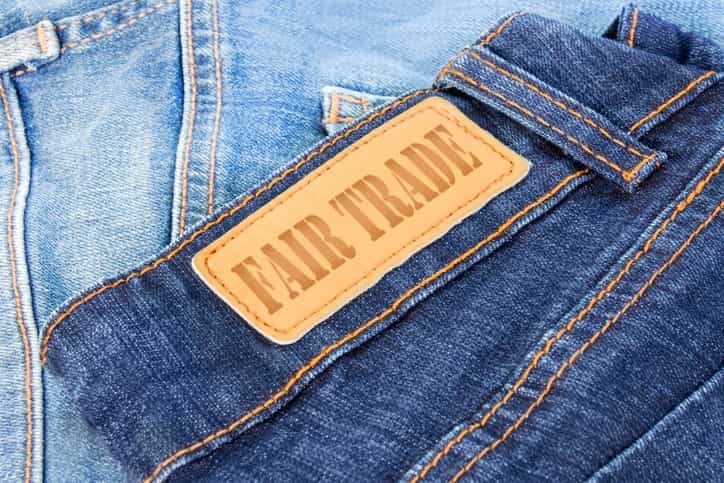
Circular Practices
Adopting a circular model that considers the entire life cycle of garments, from production to end of life. This includes minimising waste and finding ways to reuse or recycle materials to reduce the amount of waste sent to landfills.
Find out more about the circular economy.
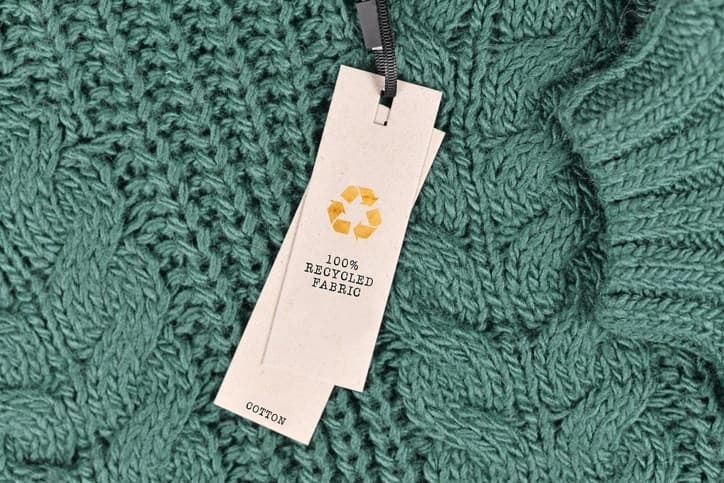
Slow Manufacturing
Slowing down the manufacturing process and making a conscious effort to produce durable, high-quality products can decrease the energy and waste generated during production, while also reducing future consumer waste from low-quality products.
Good on You have an app that offers sustainability ratings to help you make more sustainable choices when it comes to brands you shop with.
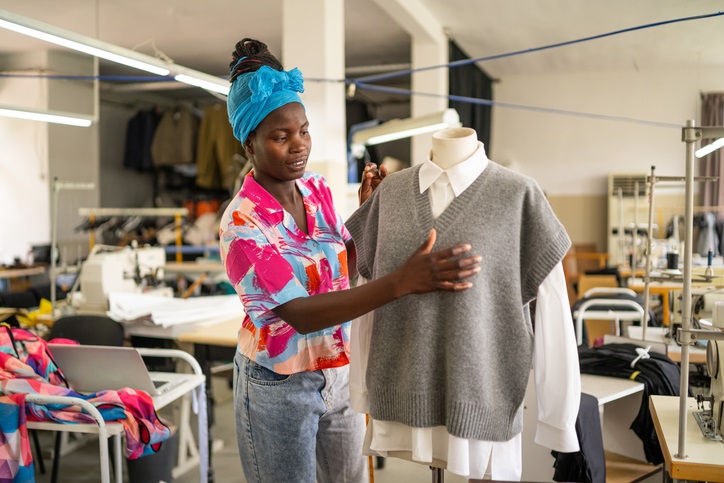
How can I shop more sustainably?
Wear what you already have
The most sustainable option is always to #WorkYourWardrobe - buy less and wear what you've already got. Being smart with your existing clothes means consuming less, which ultimately saves you money and is better for the environment as it reduces the need for new clothing to be produced in the long run.
Buy better
Fast fashion is responsible for 10% of our global carbon emissions and, as consumers, we have the power to adjust our shopping habits to reduce demand. The fast fashion industry is a major contributor to global carbon emissions, as well as using cheap materials which means that the garments don't last once they reach the consumer and quickly end up in landfill. Buying higher quality garments from sustainable brands will mean your items last longer.
Shop second hand
Opting for vintage or second-hand clothes saves items from going to landfill. It also reduces the energy and resources used to produce new clothes.
And, buying pre-loved has never been easier! Apps like Vinted, Depop and Ebay are making buying and selling second-hand items the norm.
Check out our guide on second-hand shopping and our tips to get what you want for less.
Make your own clothes
Get creative and make your own clothes from natural fabrics. Not only can you make something completely unique to you, but you're removing all of the energy and waste generated in the manufacturing process. We think that's a win!
Fast fashion is responsible for 10% of our global carbon emissions and, as consumers, we have the power to adjust our shopping habits to reduce demand.


